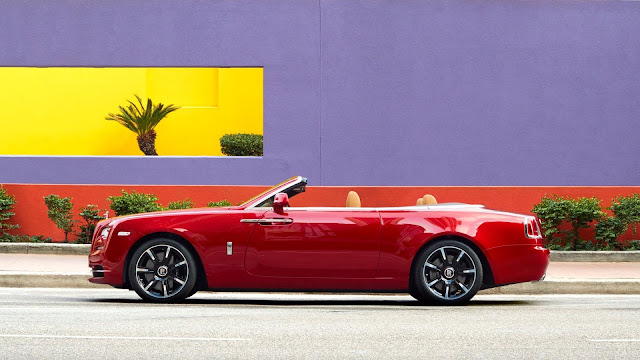Have you seen the Harry Potter movie? It has a variety of railway station. If you go into the pillar on the platform, a magical train will come and take the passengers to a magical world. However, we know that tricks, mantras, tantras are fictions. Whether reading about them in books or seen in movies, it is very thrill. But what if such fantasies happen in real life? What if a train, including a passenger, disappeared along the lines of the Harry Potter movie? But you must be surprised to know what happened in Italy exactly 109 years ago. Because the train disappeared. If it is an airplane, we think it may have fallen in any sea. But it is a train traveling on the ground. And how did such a train suddenly disappear? What happened to all the passengers on that train? What did the two passengers say when they jumped off the train?
A Train departed with 106 passengers
In Rome, 106 passengers left in a train manufactured by the Zanetti company. They are expected to arrive at their destination all the time and not expected unable to return to the world. The train passed through a mountain and entered a tunnel about a kilometre long. After all, the train did not reach the next station.
An unseen train in the tunnel
Railway officials and police arrived at the tunnel where the train was missing. They Walked about a kilometre. But the train was missing. There is no other way to get out of the tunnel. What about the train? Who can afford to theft such an engine and a train with three bogies? It was reported that two passengers jumped out of the train and saved their lives.
What did those travelers say?
The two passengers who got out of the train were mentally depressed. They were furious at the sight of that day. As the train entered the tunnel, white smoke covered the train, they think something might happen to the train and they jumped out of the train for fear. They did not know what happened to the train. The authorities went into the tunnel once again, hoping to find any evidence. But authorities did not find any evidence.
Tunnel closure
Railway authorities closed the tunnel so that it would not occur again. However, the tunnel collapsed due to airstrikes in the world war. It is noteworthy that the model of the train is still on display at the Railway Museum in Italy. However, in 1926 a report comes out. The whole world was shocked by that report.
Missing train in 1926 and appearing in 1845?
If you want to understand this report, you need to know about the time machine in Aditya 369, Telugu Movie. In that movie, a Time machine appears which travel from the current year to the past. In the same way, the 104 passengers who missed in 1926 appears in the city of Mexico in the year 1845.
Those passengers were admitted to a mental hospital in Mexico
The 104 were taken into custody by Mexican authorities and admit them it the Mental Hospital. Because they said they came from Italy on the Zenetti train. Mexico is about 10 thousand kilometres away from Italy. Traveling from Italy to Mexico is possible by plane or by the sea route. Trains are impossible to travel by sea. The Mexican authorities regarded the travelers as mental people.
If the Italian authorities are contacted
Mexican authorities contacted Italian authorities, saying all passengers were from Rome. However, since it was the year 1845, the event had not yet taken place. Italian authorities made it clear that they were not their countrymen and that they had no such train. However, Mexican authorities found that one of those passengers who have the cigarette box from the Dunhill Company was made in 1907. That cigarette packet is still in Mexico. However, this incident did not stop there. The train was also found in India.
Appears as Ghost Train
Another unbelievable thing is that the train appears and disappears in India, Russia, Germany, Romania, and Italy. The train was spotted in the Poltava region of Ukraine in 1991. It is reported that a paranormal researcher who investigated the spirits entered the train and was never again informed of his whereabouts. According to an eyewitness, the train had three bogies and their windows were closed with curtains.
Many doubts
We can't believe the train disappeared. But what about the train that goes through the tunnel and doesn't cross the tunnel? For the officers why the train did not see? How did a cigarette packet made in 1907 arrive at that passenger who appeared in Mexico in 1845? Where the 104 Italians who are missed on the train? Why are the details of those passengers kept confidential? It remains a mystery. There is a doubt that did anyone creates this story? Based on this train incident, many people are believing that there is a parallel universe. Is it possible?































